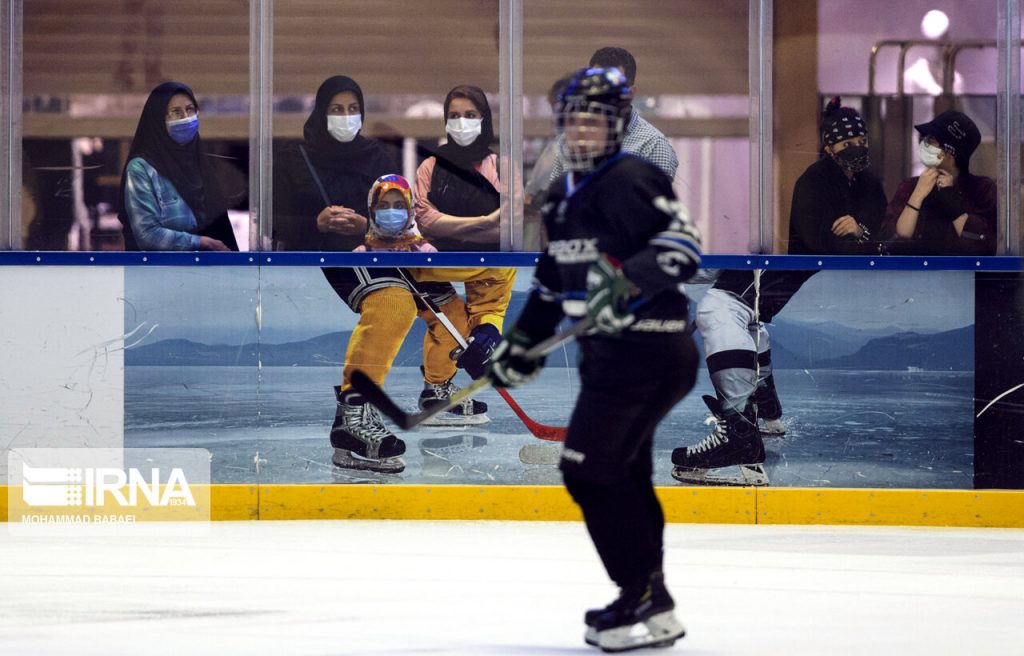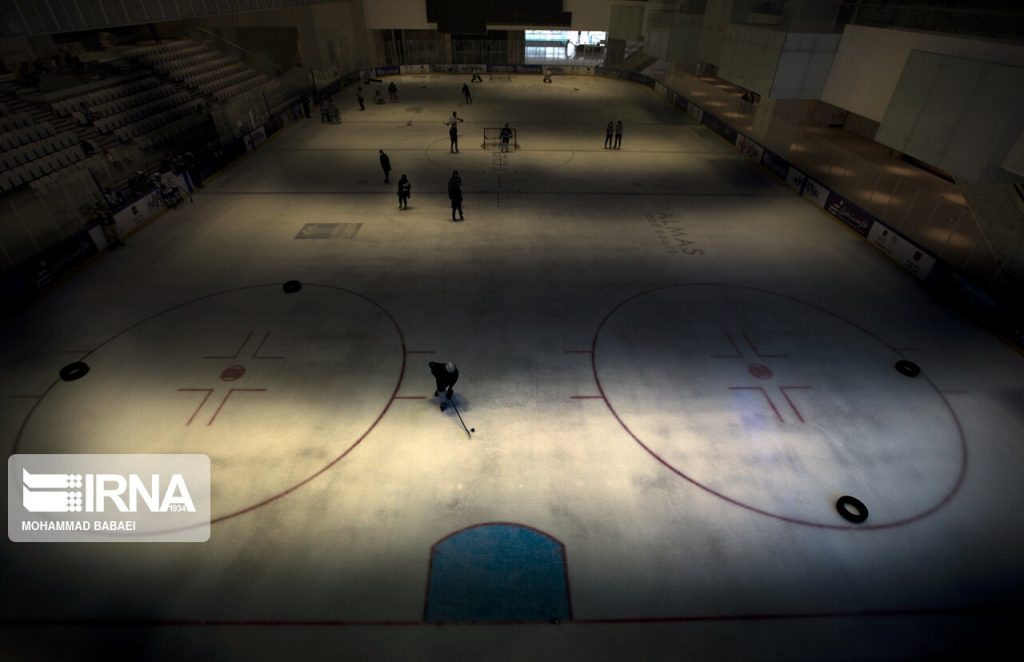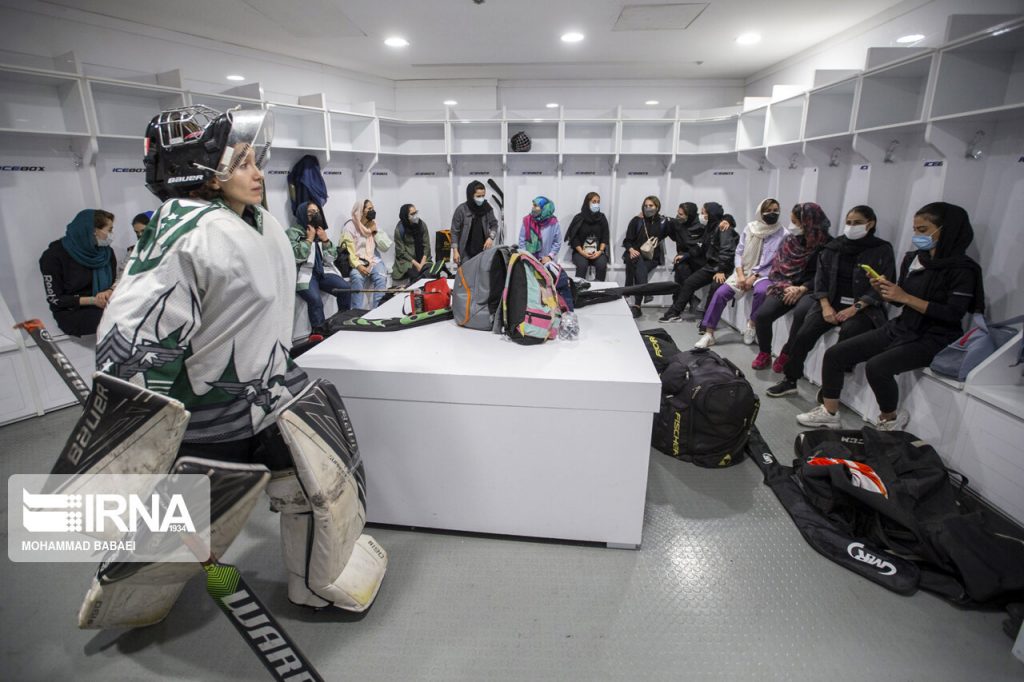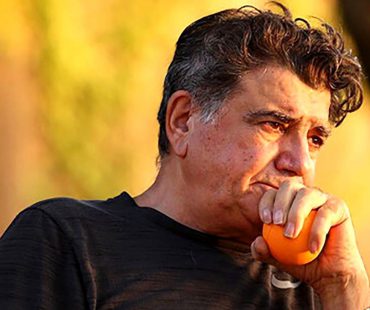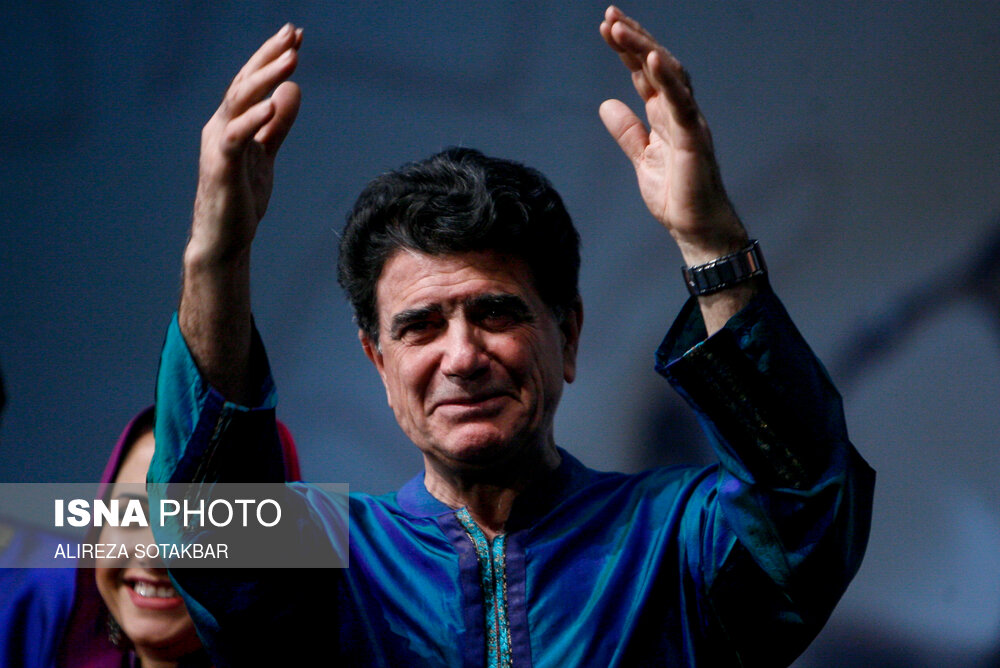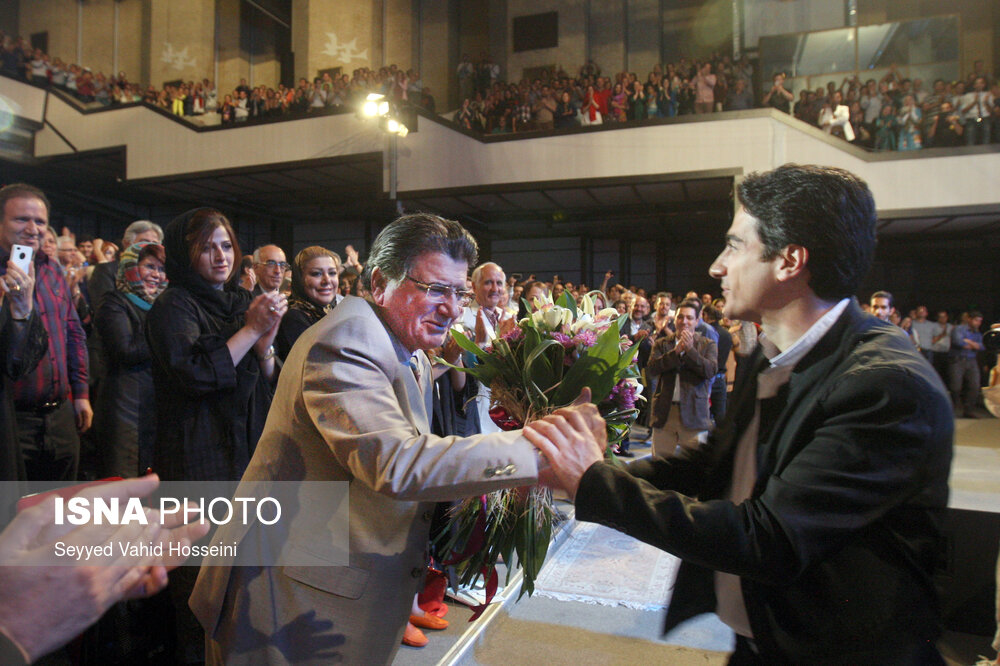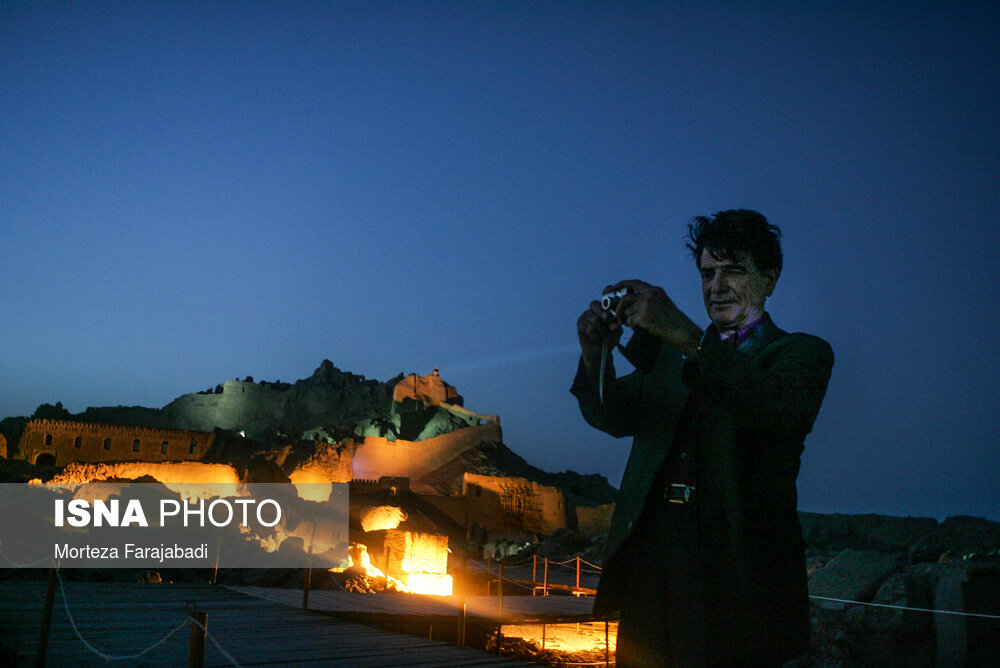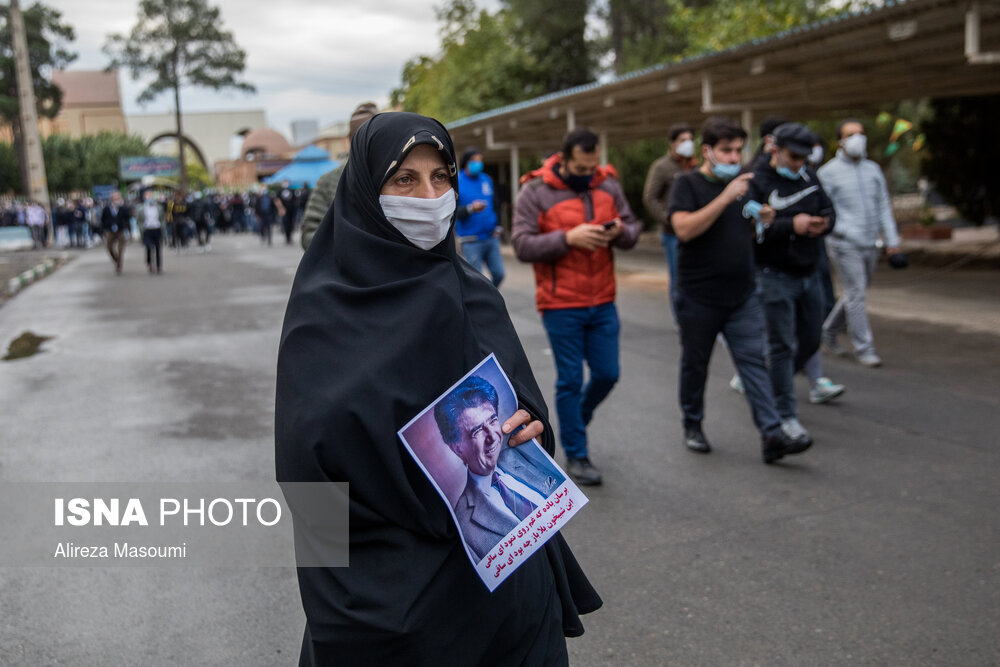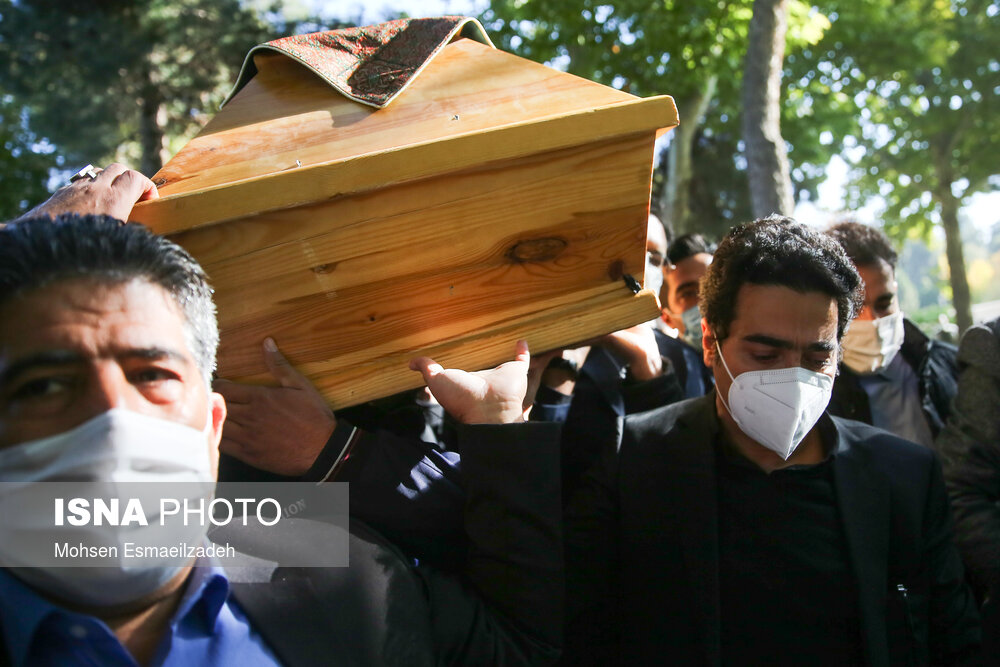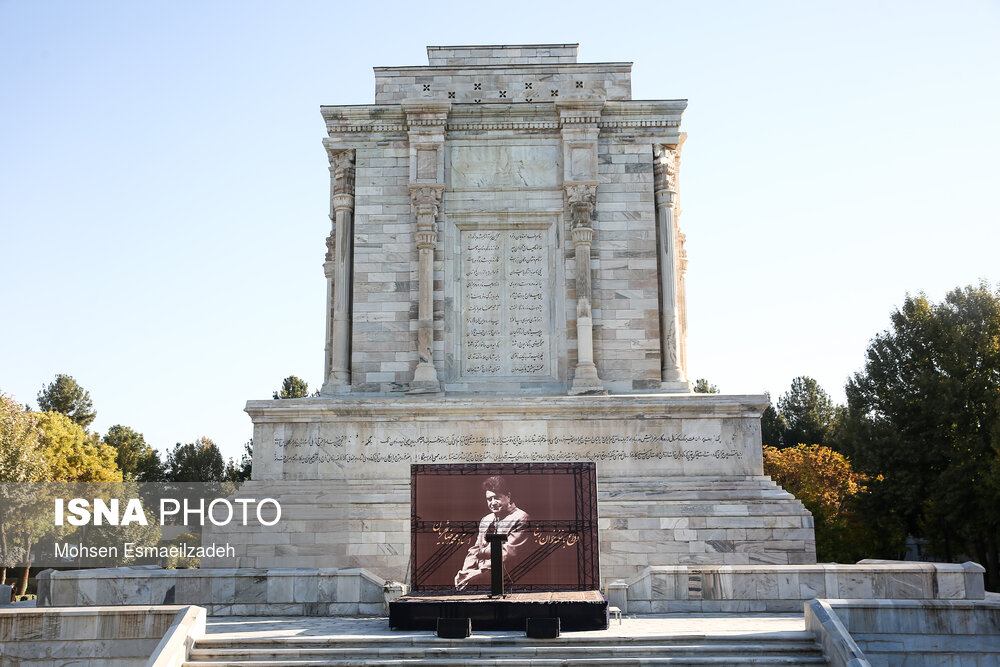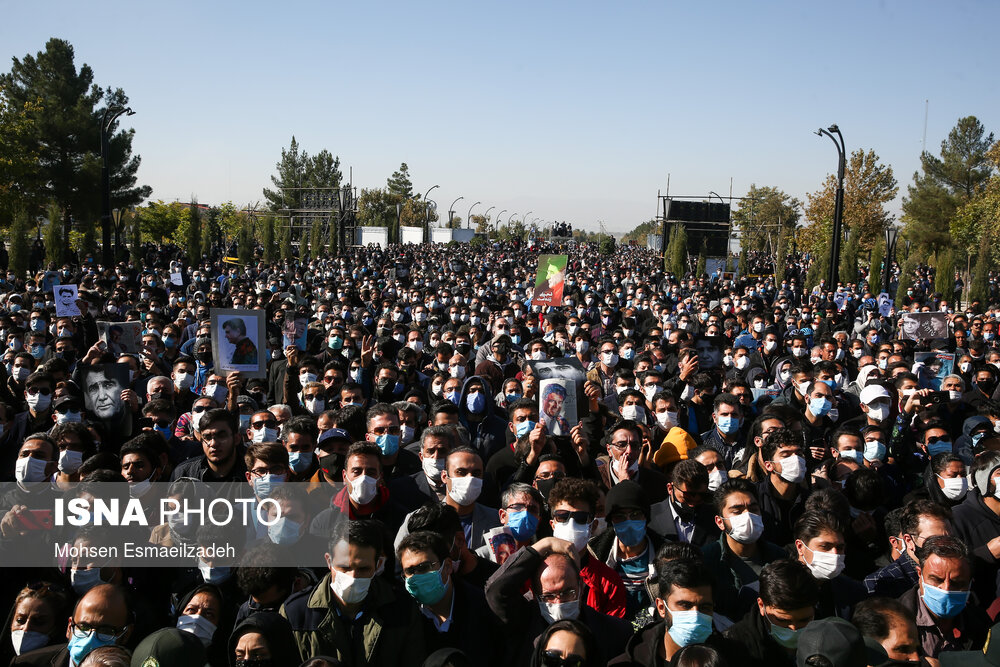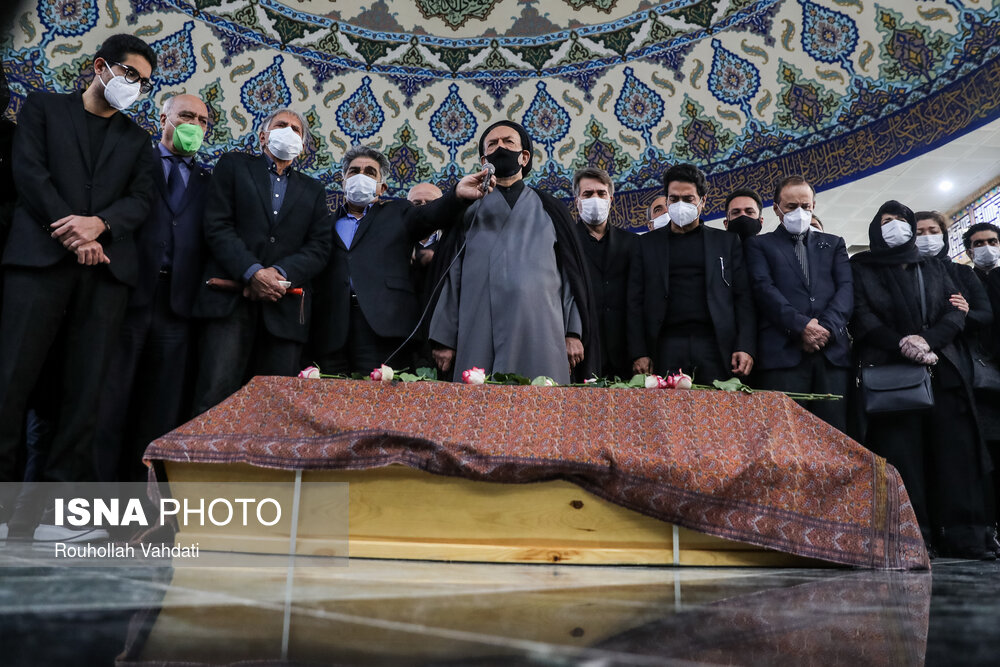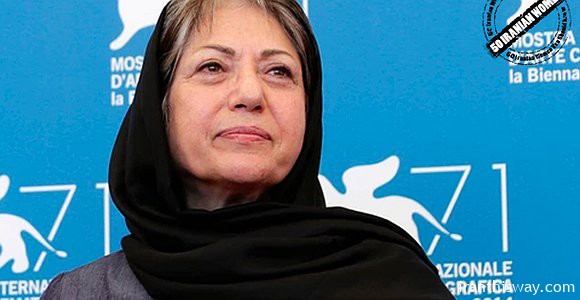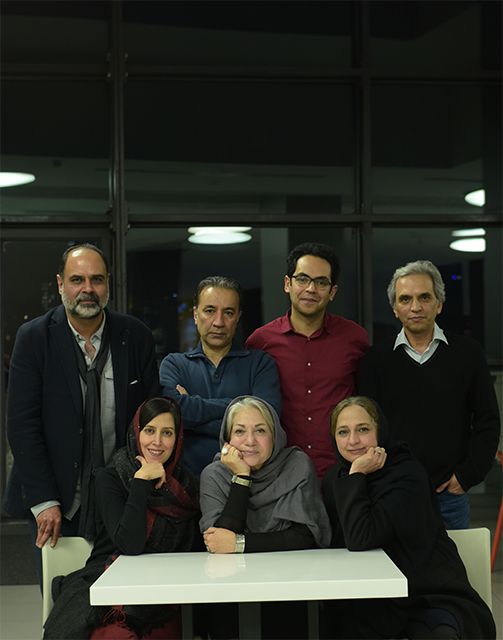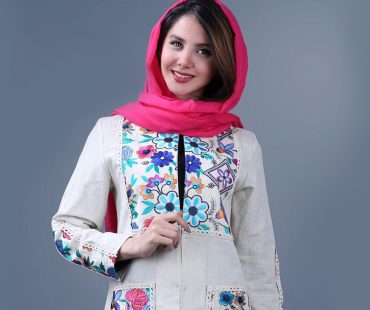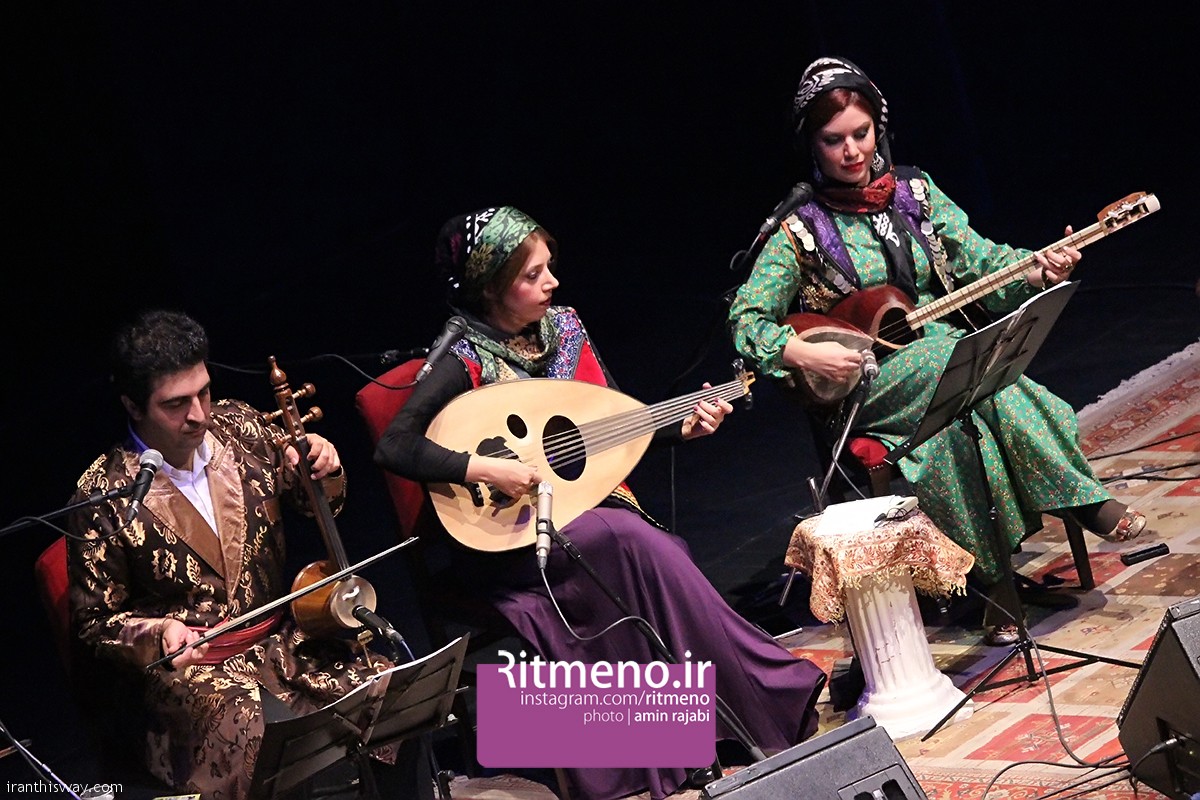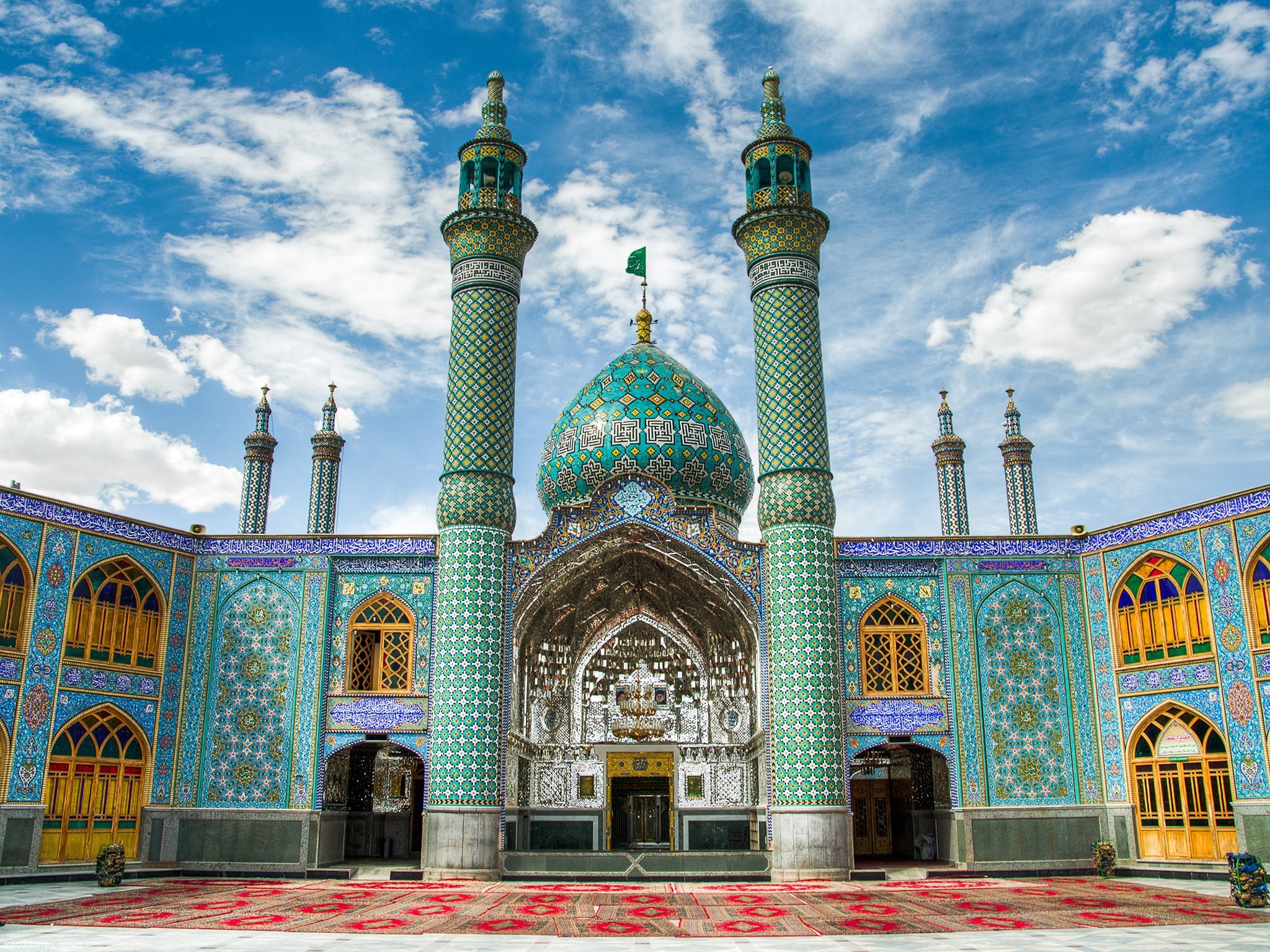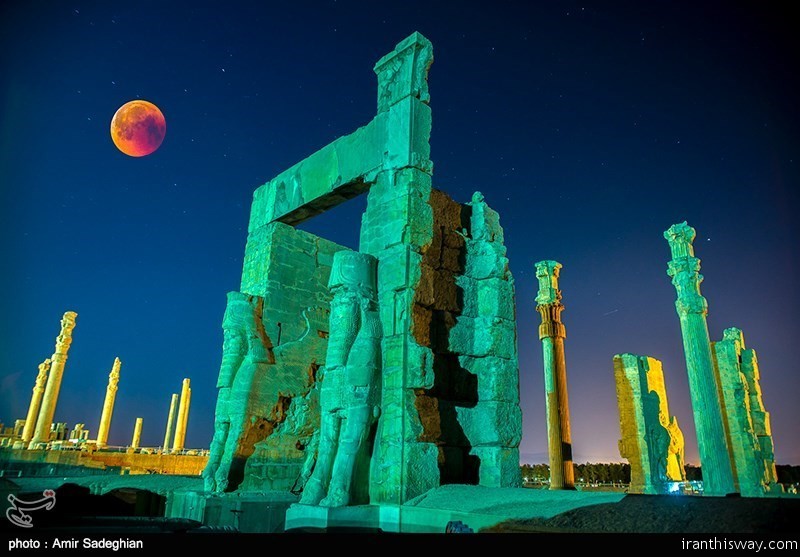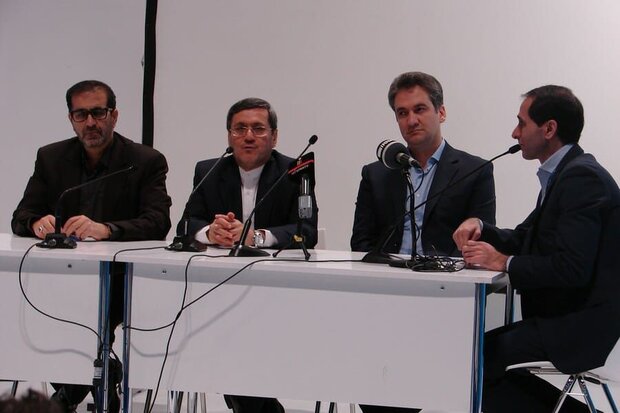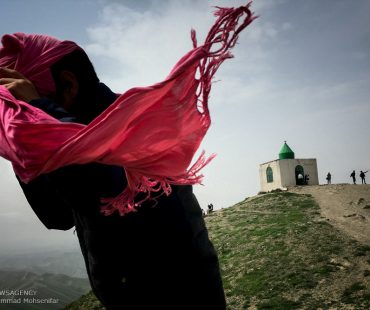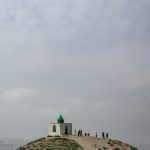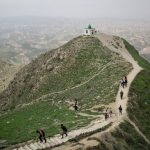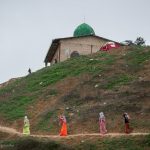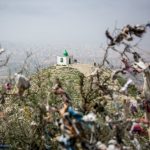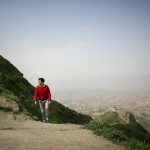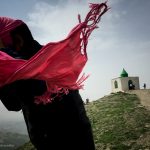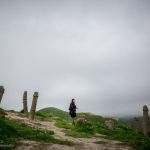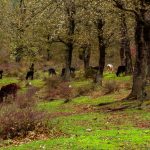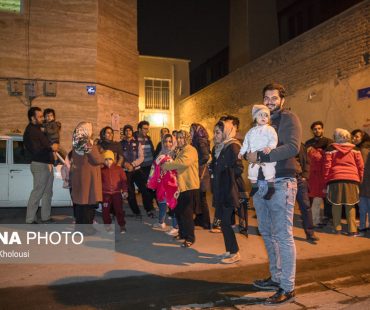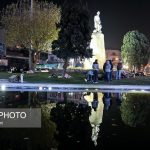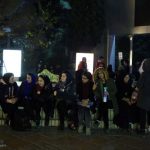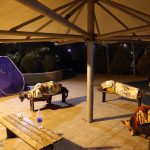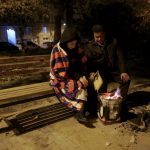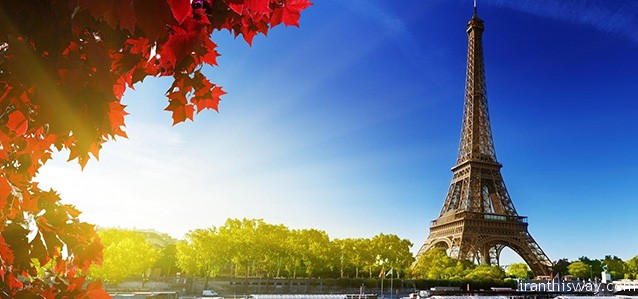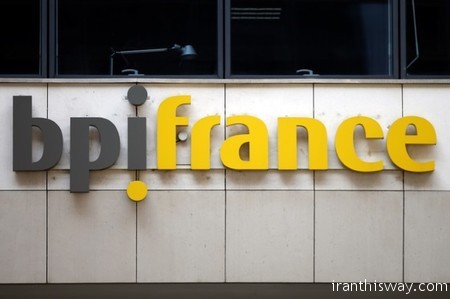The first international paragliding landing competition with 75 participants was hosted by Marivan Free Zone in Zaribar Lake, west of Iran.
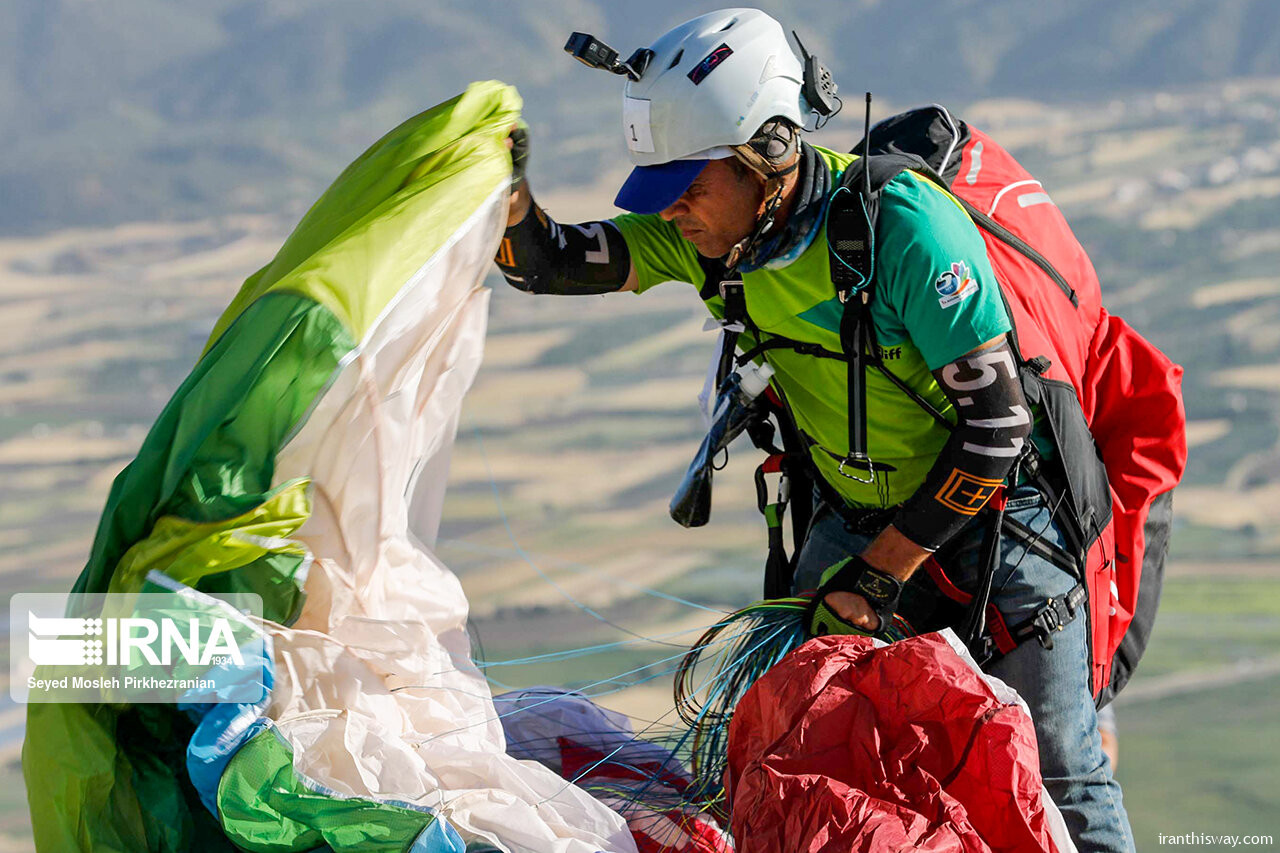
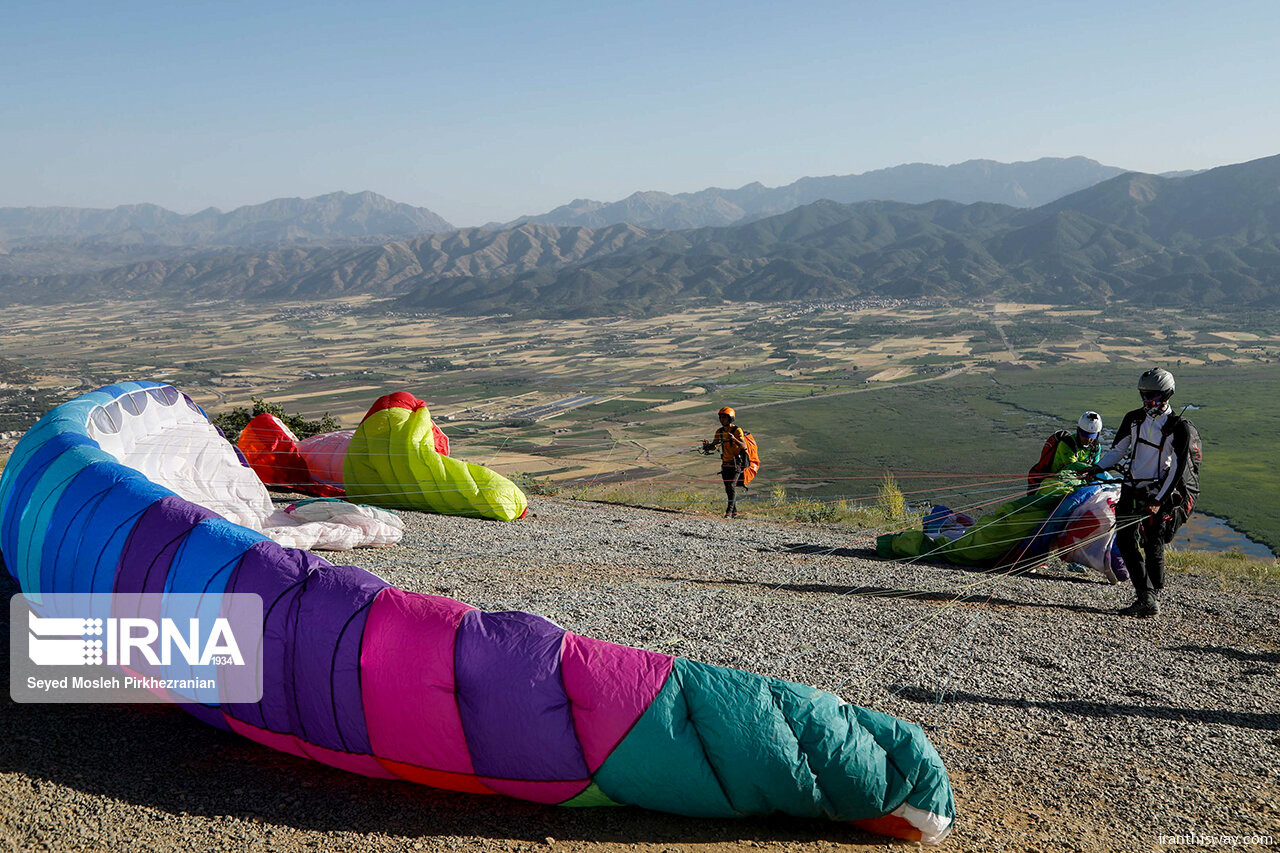
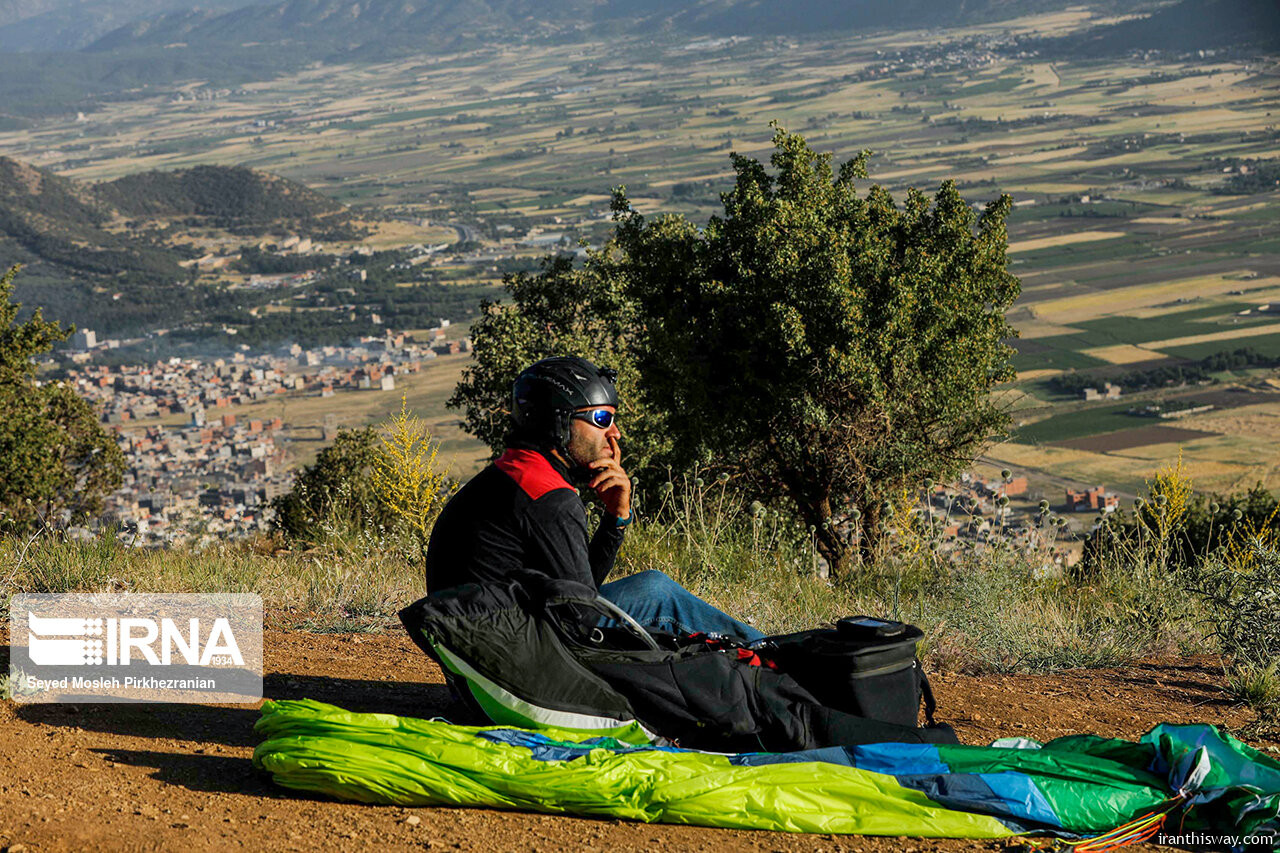
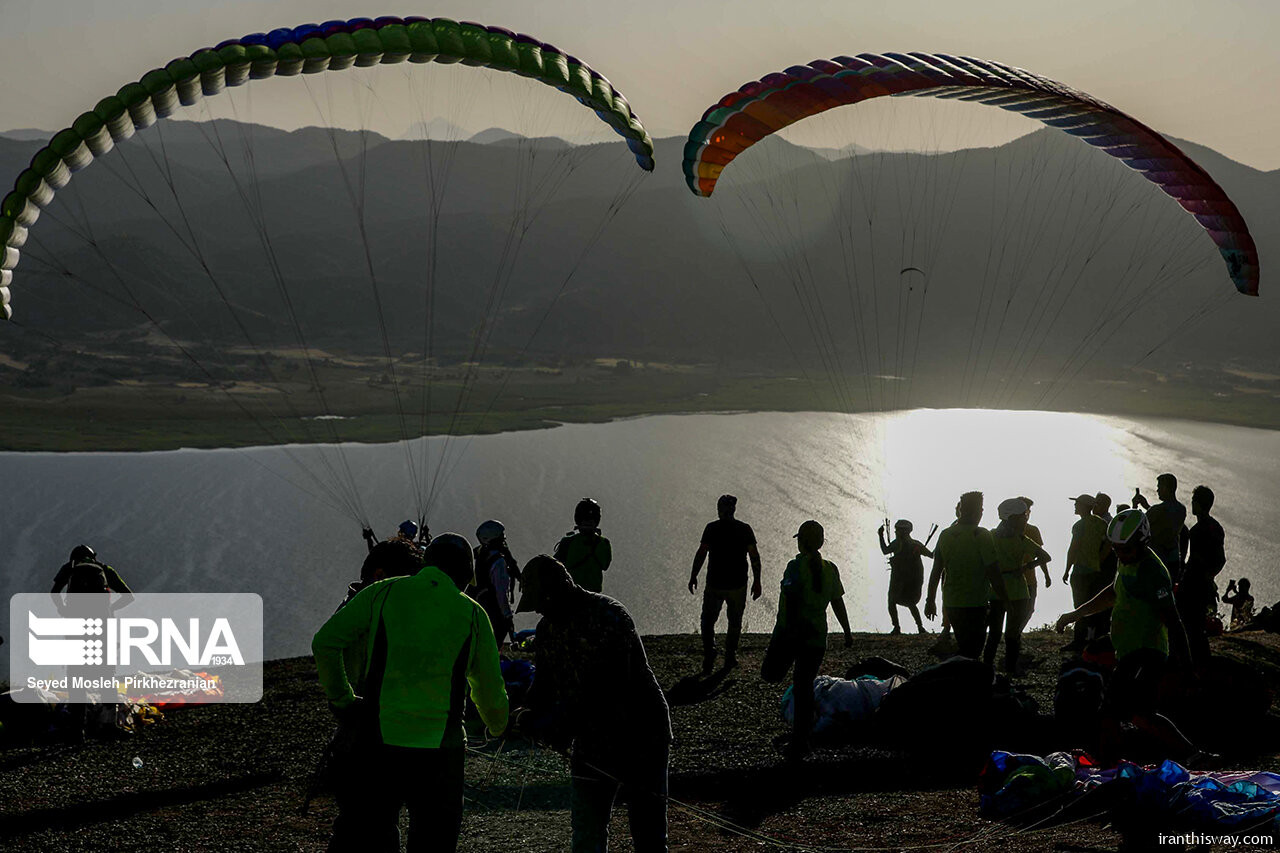
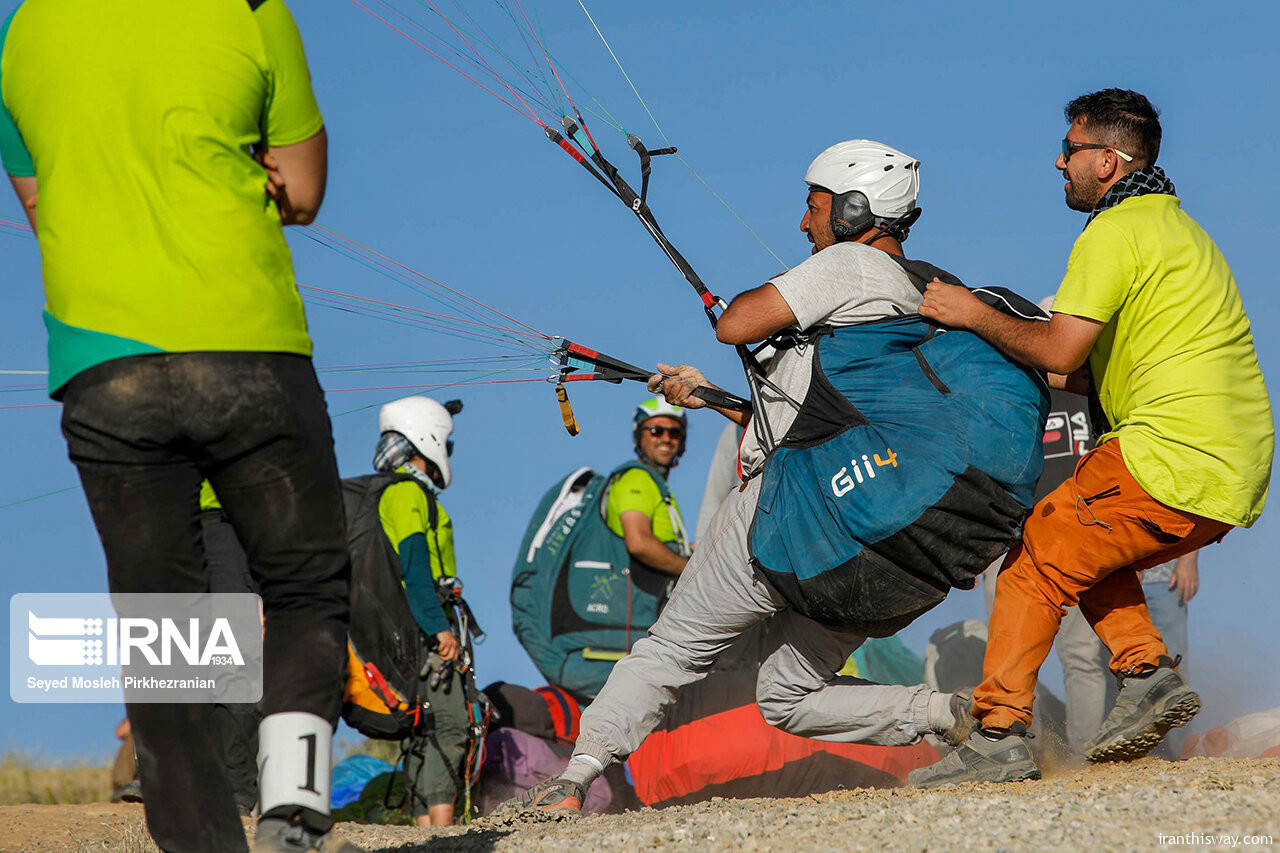
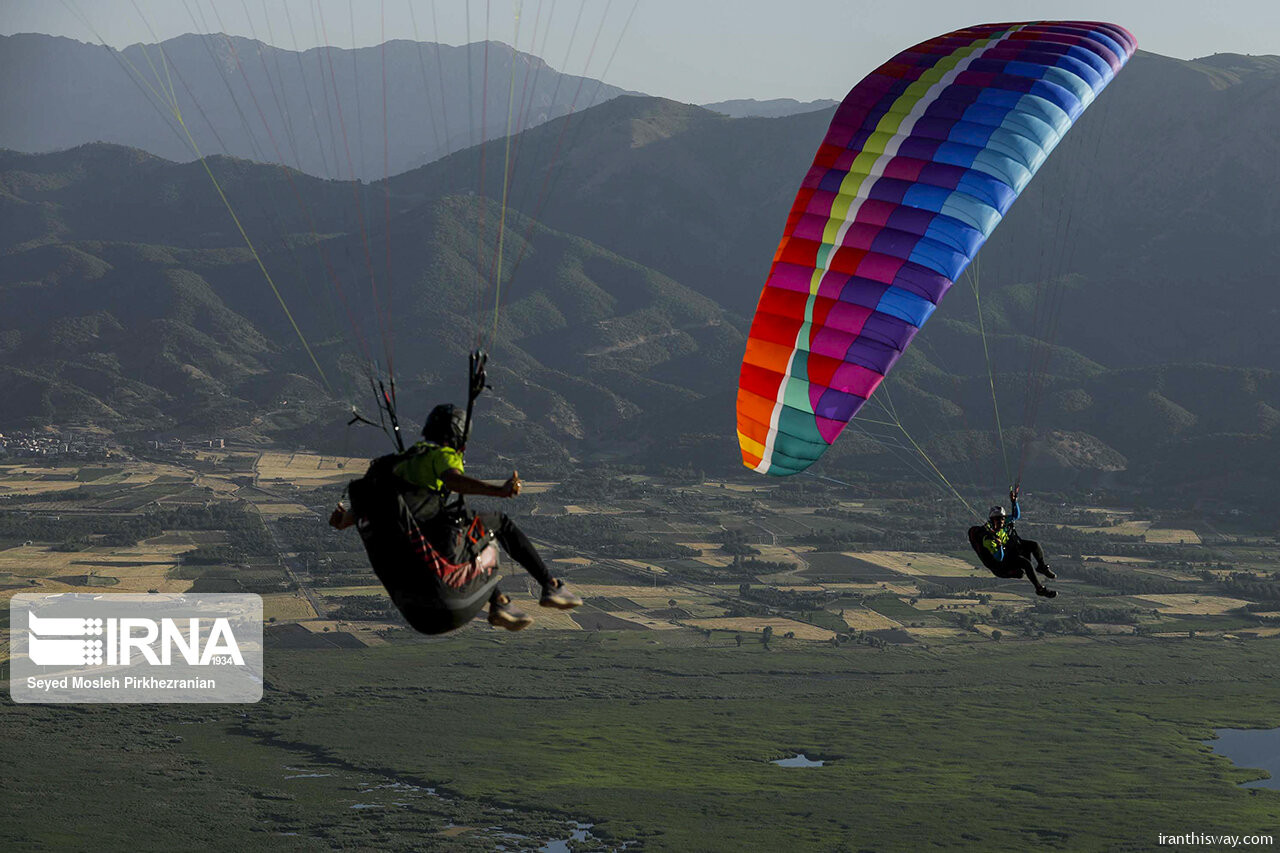



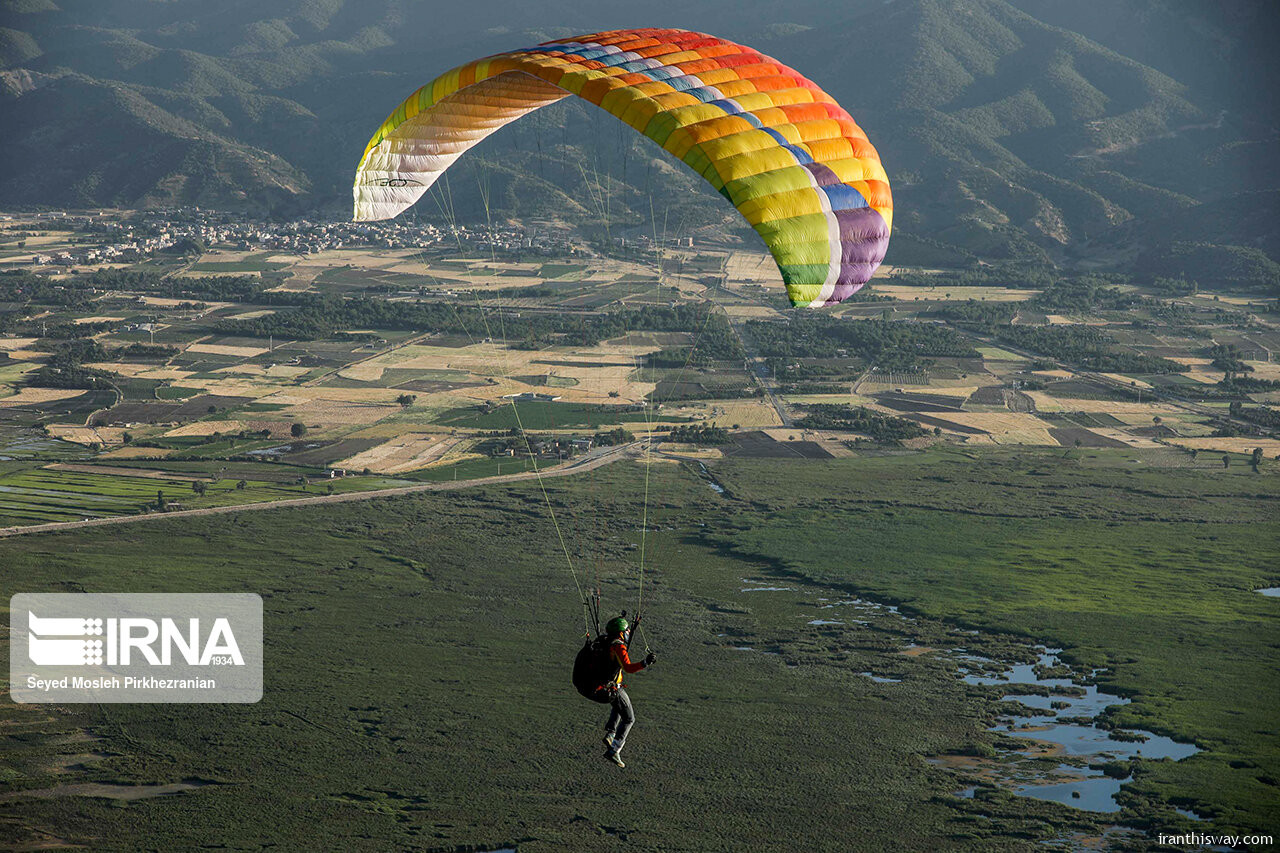
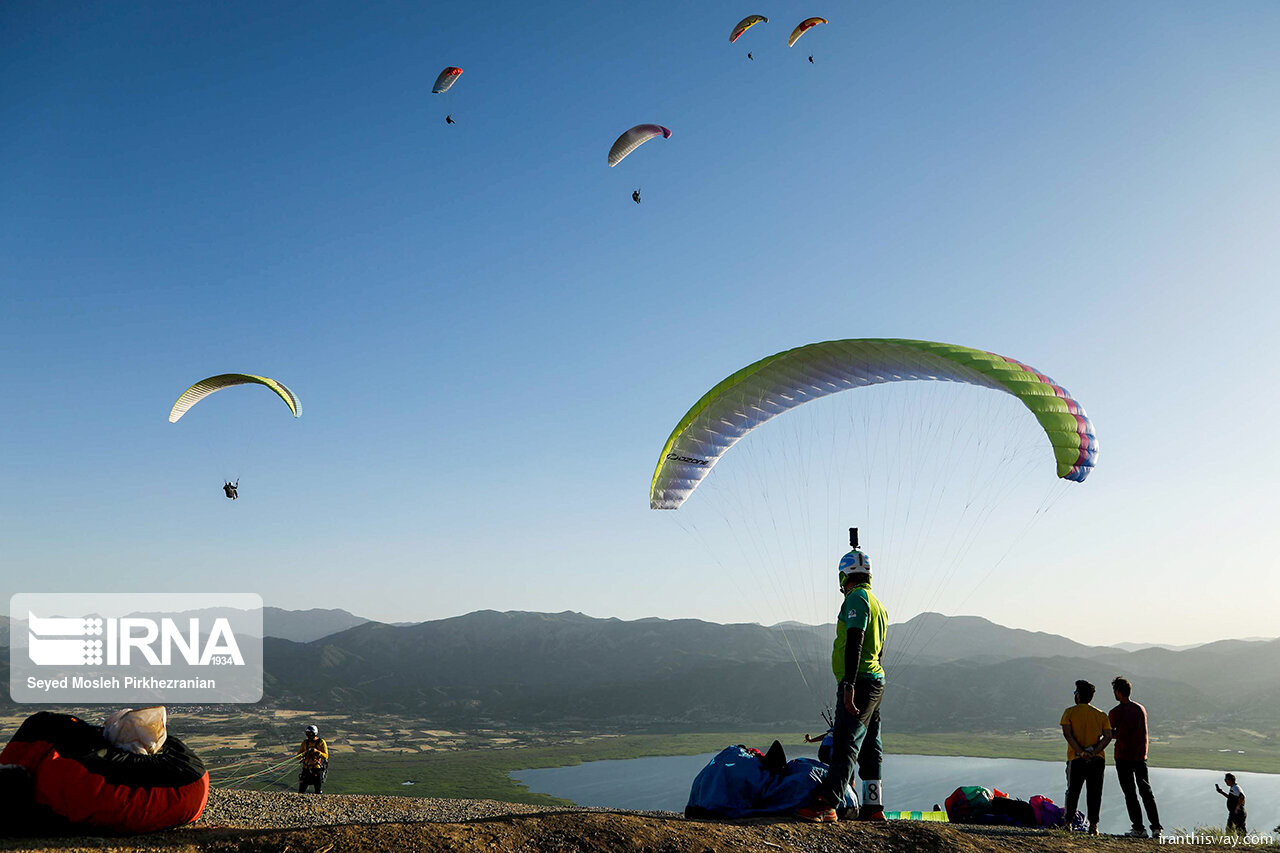


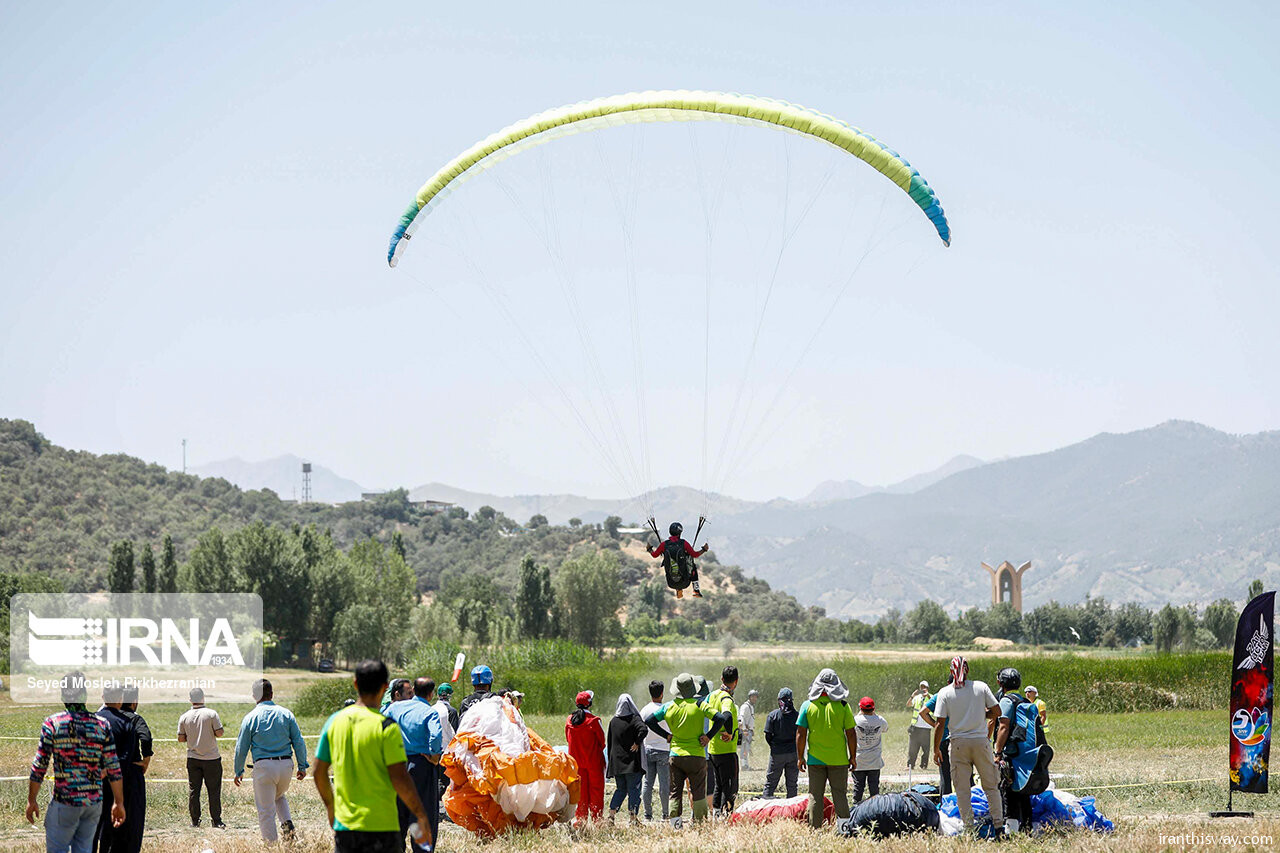
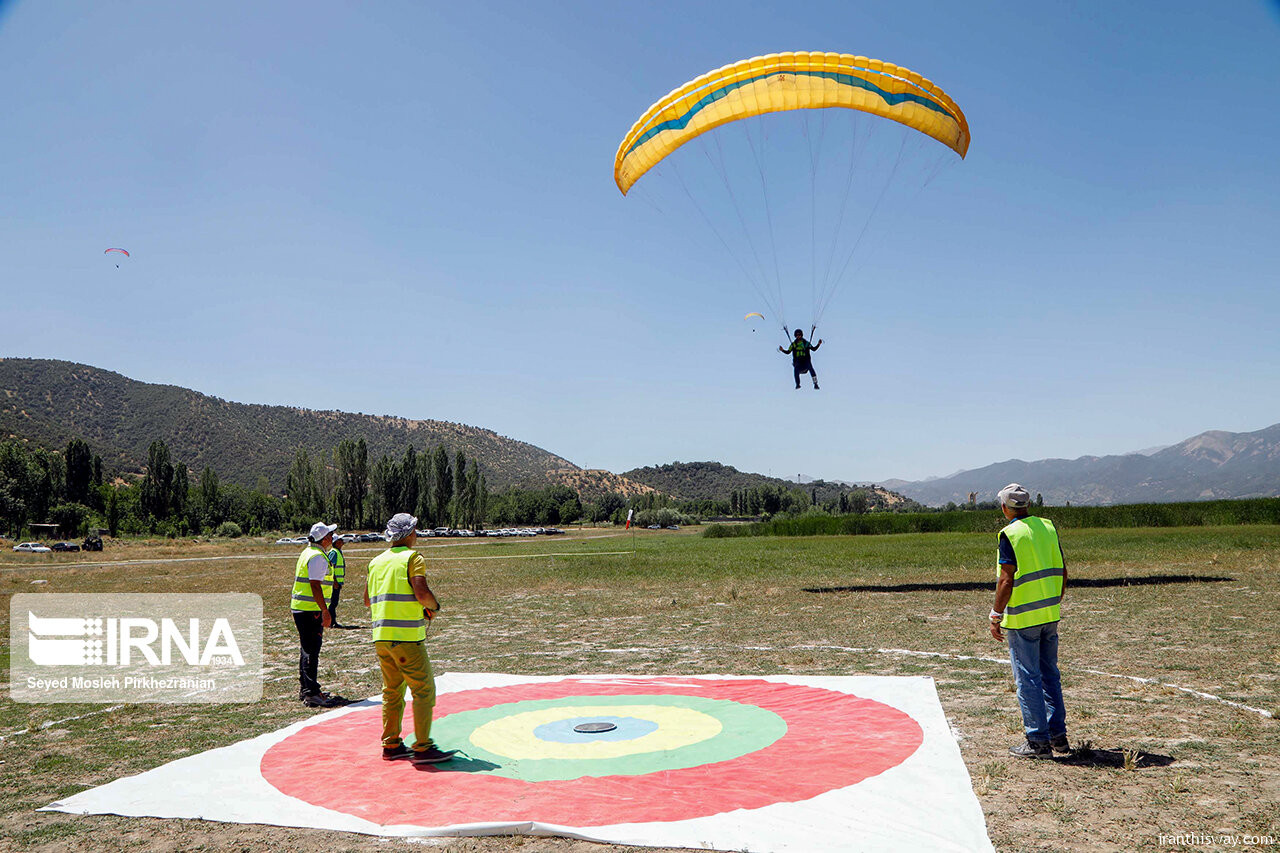
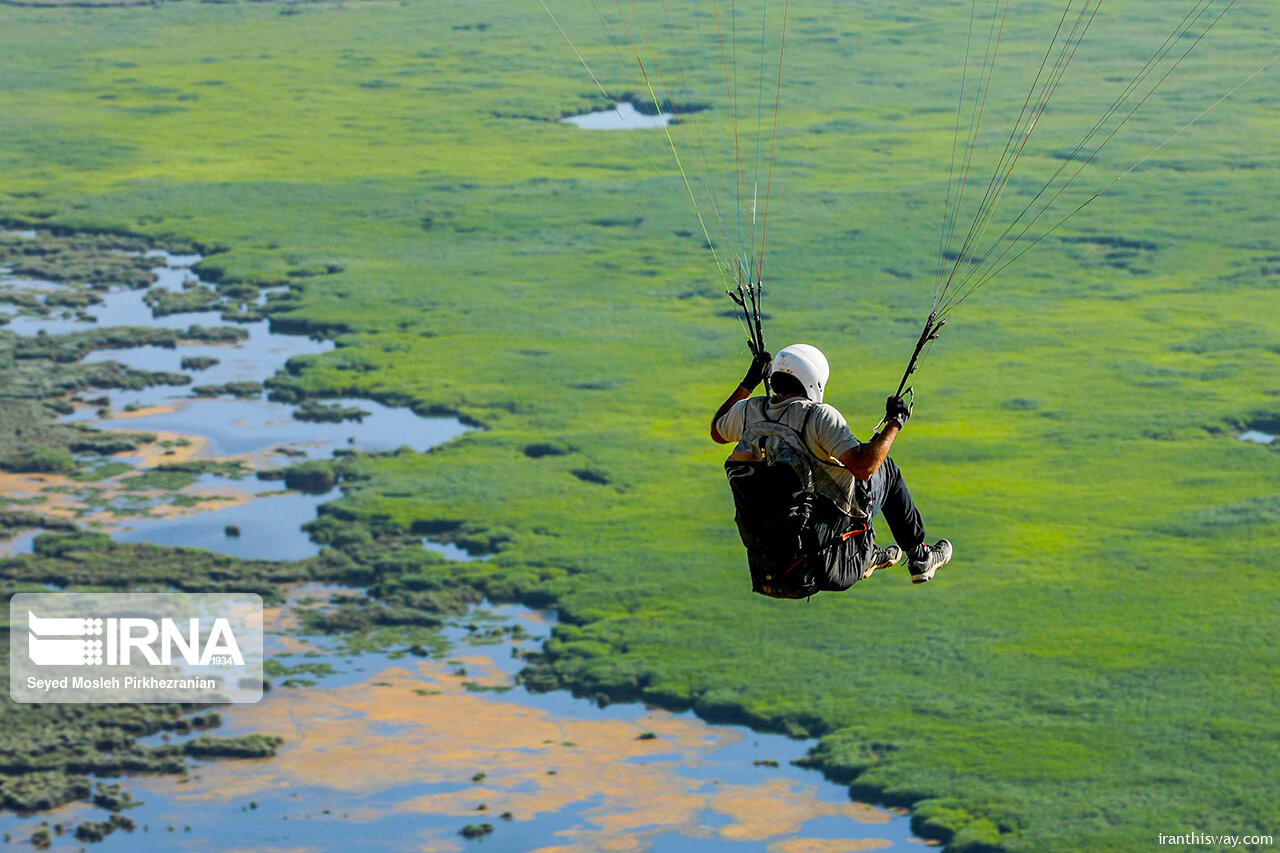
Zrebar Lake, Zarivar or as locals know it, Zaribar freshwater lake, is located in beautiful Kurdistan province, 3 km west of Marivan city. The name is composed of zrê (“sea”) and the suffix –bar (which in Kurdish means “lake”). The lake, one of the largest lakes in Iran’s fresh water, is considered to be one of the most famous and beautiful natural attractions in the west of the country. The height of the lake is 1285 meters above sea level and is surrounded by beautiful mountains of trees and pasture surrounded by mountains and unique features to the lake. The length of this lake is 5 and its width is 1.6 kilometers and its depth is about 3 meters (between 2 and 5.5 meters), which makes it easy to sail on it.
Zrebar Lake is supplied from hot springs and rain and snow water. Due to its favorable conditions, this wetland embraces various plants and animals and boasts bird-watching and fishing activities. Zaribar wetland is one of the most unique lakes in the world, and it has the general condition of an international wetland.
The lake was registered on January 21, 2010, with number 102 on the list of the natural heritage of Iran. The wetland is also considered as a wildlife refuge by the Environment Organization since 2009.
Zaribar Lake shines like a turquoise blue among the mountains and greenery plains around it and is one of the most attractive and exciting places to explore and enjoy.
One of the most popular hobbies in the Zaribar Lake is boating; both motorized boats and pedal boats have made it possible to go inside the lake and enjoy the sunny atmosphere and tranquility of it. The proper environment for the Zrebar wetland has led national teams of sailing in different fields to prepare for this and follow their training to attend international competitions in the lake.
The proper bedding of Zrebar Lake and the presence of different species of fish in this blue zone has made fishing here an attractive destination. Many early morning get to the wetland to catch fish to try their luck and come back home. The good environment of the Zrebar Lake for fishing led to the hosting of the first international festival of sport and fishing tourism in May 2018 with the participation of nine foreign countries.
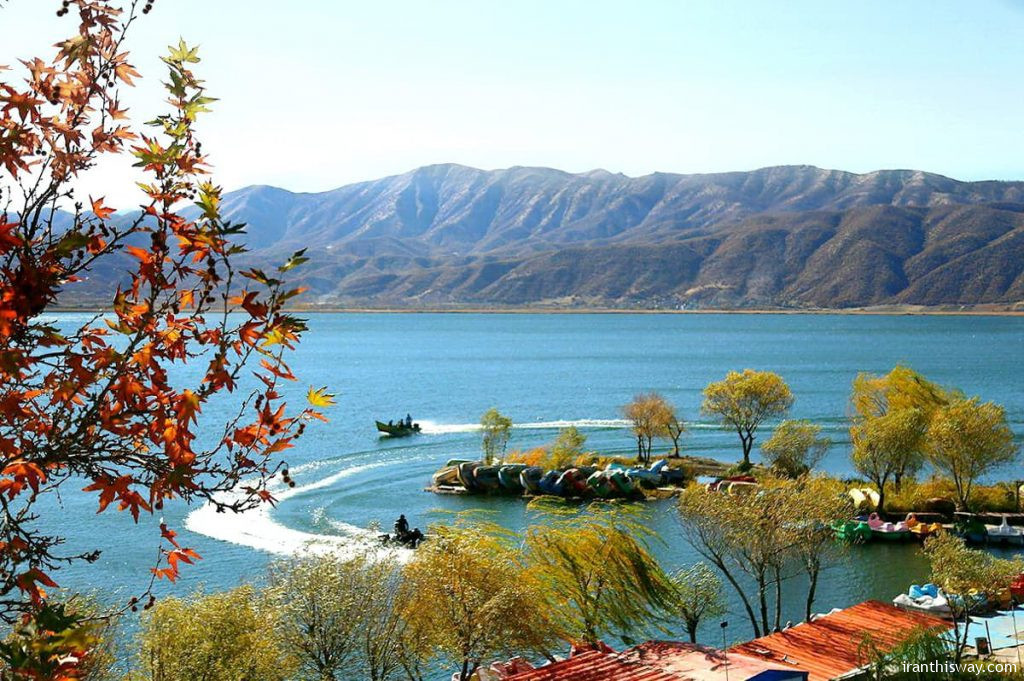
The lush environment surrounding the lake, its place among the mountains and plains, its enclosure in the forests and the blue sky has created a spectacular view. If you have a piece of creativity and patience, you can take beautiful pictures and pictures of your trip to Zaribar .
Zrebar wetland is home to a large number of native and migratory birds. This thing has made it one of the best-known bird watching places in western Iran. Aythya ferina and Anas platyrhynchos, big and small Botaurus poiciloptilus, varieties of Coot, Thalasseus, Laridae, Ardea cinerea, Anas crecca, migratory Storks and hunting birds such as Western marsh harrier and Falco Tinnunculus that you can watch them with a help of bird-watching tools and a little patience.
If you like in danger and thrill, Zrebar Lake is a good place for you. Here you can fly on a glider on the fly over the area and enjoy the panorama of your feet. Of course, once a year, there are also paragliding festivals in Zrebar Lake, you can compete with other professionals if you have enough skill and courage.
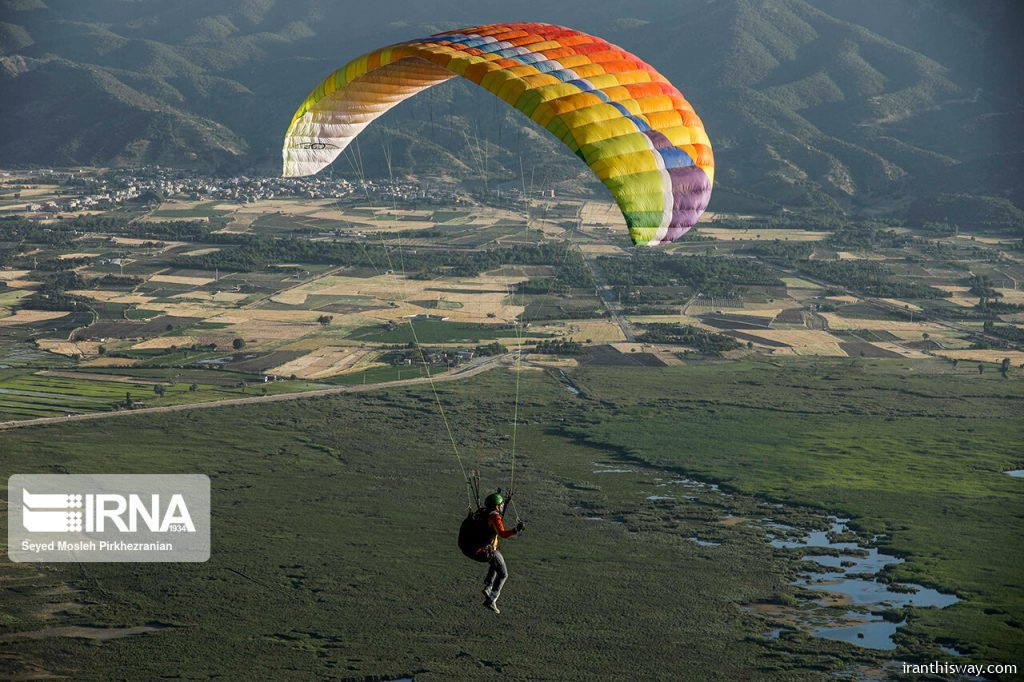
Zrebar Lake is one of the venues for the gathering of Marivan people to hold various local ceremonies. If you are a favorite of Kurdish culture, listen to the ringing ceremony here because you can watch beautiful dance and participate in these festivals, and enjoy their colorful clothes alongside the cheerful and attractive local music.
The most famous and popular eating that you can experience is the grilled fish; grilled fish, which most people who visit the lake and taste it, are the best-grilled fish in the whole of Iran. Around Zrebar there are small and large caves waiting for you to catch fresh fish from the lake to prepare one of the most delicious grilled fish. Of course, if you do not like the salt taste and the usual fish, you can ask them to cook the fish for various other flavors. These grilled fish are served with different ingredients, and with their attractive taste, one of the best experiences of your stomach.In addition, at times, along with the lake, there are small pavilions that sell native food such as soup and local bread; take a leap in the dark, set aside your usual food habits and experience native dishes have a new city and culture. Do not worry, if you are strolling around in your snack around this area, you can eat small snacks and snacks, such as fast food or ice cream.
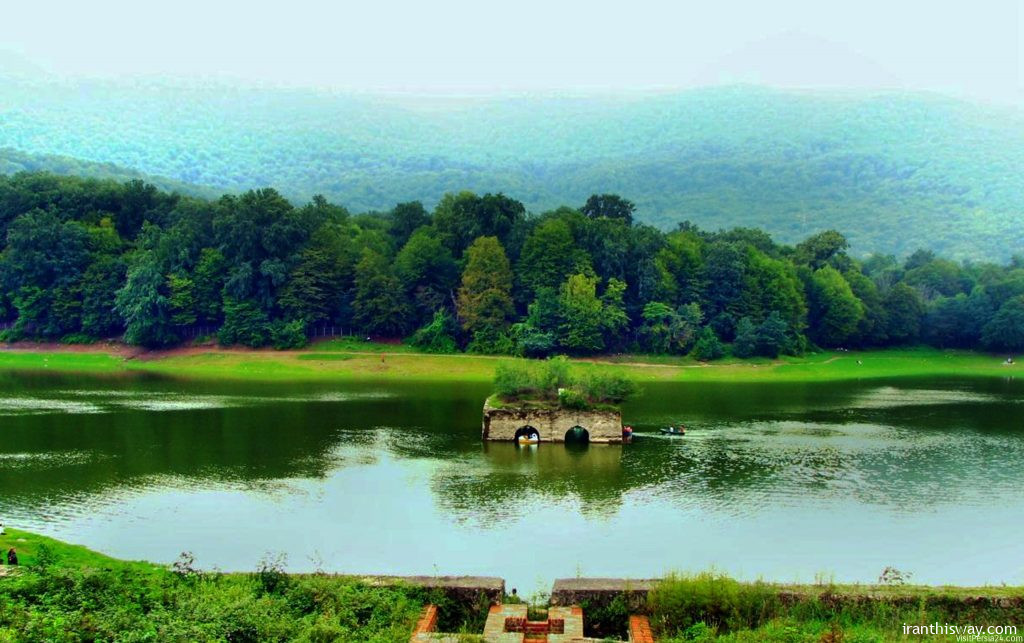
One of the beauty and wonders of the lake is the moving islands that look around and make a spectacular view. The islands that are torn between roots and the marginal lake are caused by wind and water flow through the lagoon. Sometimes the area of these moving islands is 20 meters.
Zaribar water is often seen in greenish brownishness, it has a normal, natural odor, and no other odor indicates the progress of the gas. Its surface water freezes in the winter and brings a spectacular and spectacular view to Jude.








